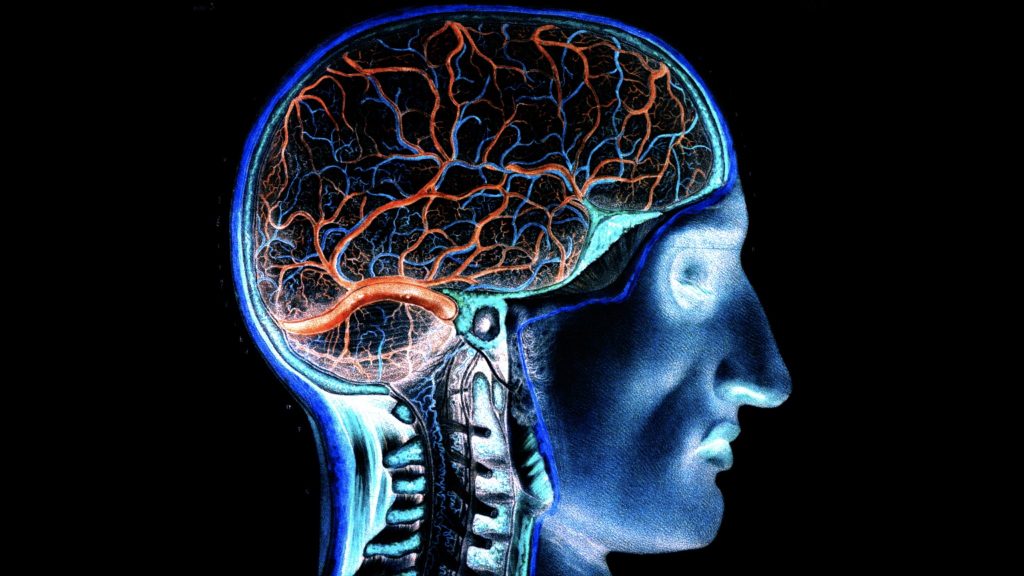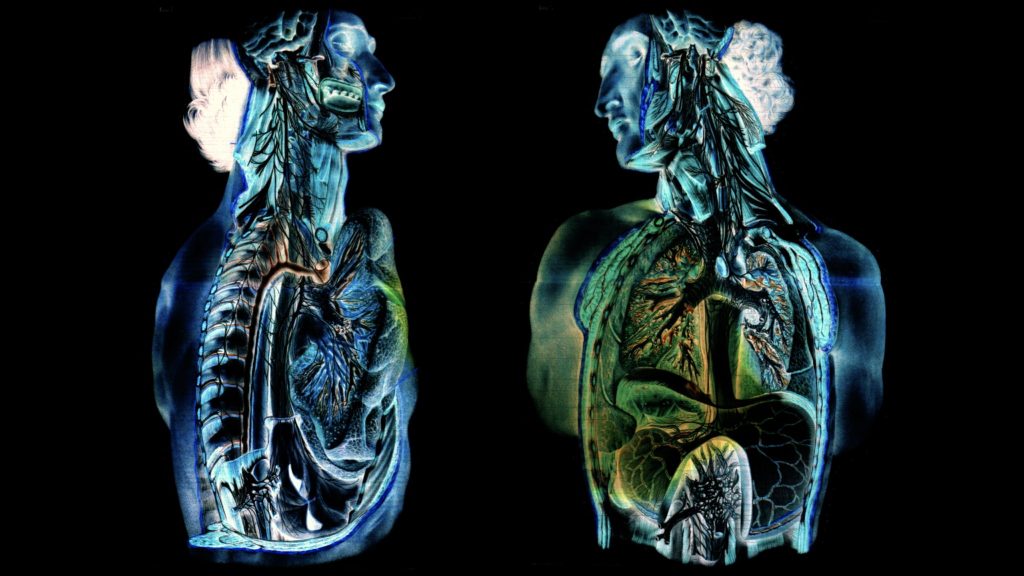Chamán
Thesis 6: One of the forms of the political cinema of agitation is the cinema of appropriation, which implies an aberrant sensory practice. The liturgical dimension of this aberration is burial (funerary trance).
Thesis 7: The burial of images and sounds is the kinetic trance of the appropriated audiovisual document.
Thesis 8: All such appropriation mobilizes and vindicates the opacity of the document.
Thesis 9: The opacity of the document is a sensory quality that activates the Burial-Exhumation dialectic.
Thesis 10: The Burial-Exhumation dialectic is the iconoclastic and materialist contradiction of appropriation cinema.
Thesis 11: Burial and Exhumation entail the testimonial dimension of appropriation.
Thesis 12: The sinister rapture of appropriation is shamanic possession, conversion, and bonding.[1]
Thesis 13: Shamanic possession is the sensory outburst of the political cinema of agitation.
Thesis 14: Shamanic conversion is the hyperkinetic stasis of the cinema of agitation.
Thesis 15: Shamanic bonding involves the vindication of the irrational character of testimony as well as its supernatural drift.
Thesis 16: The perception of a testimony as supernatural, dreamlike, messianic, excessive, irrational and insane is what enables a sensorial appropriation and connection by the document.
Thesis 17: The sensory appropriation of the audiovisual document presupposes an Aesthetics of Trance as a condition.
Thesis 18: In the Aesthetics of Trance, the immediate data of sensation induces an agitation in the perception of the documents.
Thesis 19: The mediate states of perception mobilize an appropriation of the documents.
Thesis 20: Agitation, appropriation and superstition are the impure practices of the Aesthetics of Trance.[2]
Thesis 21: The Aesthetics of Trance makes possible the semiotic collision and internality of materialism and shamanism.
Thesis 22: Materialism is the empirical, contingent, circumstantial, sensory and concrete dimension of objects, documents, archives, remains, and elements.[3]
Thesis 23: Shamanism vindicates the suggestion, the omen, trance states, the spell and the superstition on the basis of objects and testimonies.
Thesis 24: Shamanic Materialism proceeds by fragments, ruptures, loops, clusters, modules, drifts, ascents, descents, series, spirals, vortexes, pulses, rhythms, entropy, negentropy, hypostasis, collisions, linkages, aberrations, folds, burials, unearthings; and everything which reveals intermittent constellations and from whose magma figures, agitations, forms, structures, processes, relationships, perceptions, speculations and sensations emerge. Shamanic Materialism is a Mesoamerican spell unleashed.[4]
[1] The determination of these three shamanic procedures involves three specifications: perspectivist possession, transformational conversion and speculative bonding.
[2] One of the non-impure and absolutive correlates of the Aesthetics of Trance is the funeral liturgy.
[3] The materialistic part of shamanic materialism forces us to place all audiovisual materials in a horizon of radical contingency as a field of indiscernibility common to all the collective contents of the image; this mobilizes us to assume an autophagic principle of relationality between images and sounds that are absolutely contingent, which in turn enables us to unleash a rhythmic outburst dependent, on the one hand, on a radical non-commutativity in the order of a temporality fractured by iterative modules, and on the other, on a constant tension between the apparent impossibility of continuous commutation and the reality of an expansive recursion as a horizon of formal determinability of the collective contents of the image. This brings us to the shamanic aspect of shamanic materialism through which we can intervene, induce and connect a trance as a rhythmic and bodily rapture on the determinability of audiovisual material according to an eidetic, archaic, ancestral and mythical differentiality.
[4] This unleashing deploys an intermittent and glowing interrogation that spans centuries through time, reaching us in an extremely current moment of danger and perplexity; the aforementioned Mesoamerican spell prompts us to ask: What land is this? The origin of the question lies in the astonishment that the mercenary and later chronicler Bernal Díaz del Castillo expressed when entering an “unknown” land; In the heart of an “unknown” and “unnamed” America, the European Díaz del Castillo made clear the crisis of his colonial somnambulism, fusing his astonished perception with the intermittent glow of a non-European reality; here what the Europeans really discovered was the perplexity of their own ignorance. His ecstatic question crossed the destructive centuries of colonialism and European barbarism to be taken up, among others, by the writer Juan Rulfo, who recovered it from abandonment in the wasteland and the devastated lands left behind by five centuries of civilizing excess. Now we can recover the question, not only from perplexity and wasteland but from trance and cinematic rapture. Thus, from an intermittent and glittering land, we also have the trance as “images of relation.” We may recall that the “letters of relation” were the way that Hernan Cortés informed the Spanish Crown about the “progress” of his ominous conquest. Let us therefore recover the form of the “relation” as a report intended to in-form, but as the un-formed found in multiple “images of relation”. Thus, through audiovisuals we seek to think, articulate, integrate and connect the historical absence of reconciliation entailed by the arrival of Europeans to the land later known as America as well as the destruction of Tenochtitlan in 1521. Five centuries after these events, we assert the Aesthetics of Trance and Shamanic Materialism as forms of multinaturalist resistance that move us to re-appropriate, transfer and transform the ominous corrosive process induced by that historical and asymmetric clash between radically different worldviews and which brought about the birth and development of modern nation states in the Americas with their resulting violence and problems that have still not been reconciled today.
Thesis on Audiovisual by Colectivo Los Ingrávidos



